 Mountain Trail I had at least 8 Common Nighthawks combing the skies catching insects and two Chuck-will's Widows calling. Overcast skies kept these dawn and dusk birds active.
Mountain Trail I had at least 8 Common Nighthawks combing the skies catching insects and two Chuck-will's Widows calling. Overcast skies kept these dawn and dusk birds active.Tobacco Creek is where I began my surveys today. At nest box 5, where there is a seep running down the steep embankment, I watched for 45 minutes an Acadian Flycatcher. The Black-chinned Hummingbird female was tending her nest but not sitting on it. I assume air temperatures were warm enough for her not to be keeping the eggs warm today.
 Today many fledglings were begging for food. I found a fledgling Black and White Warbler feeding in its characteristic way of climbing along the trunk of the tree. Blue gray Gnatcatchers and Canyon Wren fledglings were also noted. Carolina Chickadees were traveling around in family groups as well.
Today many fledglings were begging for food. I found a fledgling Black and White Warbler feeding in its characteristic way of climbing along the trunk of the tree. Blue gray Gnatcatchers and Canyon Wren fledglings were also noted. Carolina Chickadees were traveling around in family groups as well. Louisiana Waterthrushes appear to be nesting at three locations on my survey route. Each male was singing non-stop during my 20 minute survey time. Temperatures reached 95 degrees today. I see most birds start nesting in April to beat the heat. Hiking and biking under such heat really is exhausting.
All along the forest floor Wood Satyr Butterflies could be seen flying around. These butterflies will lay eggs on grass species for their larvae to feed on.
Todays photos include a Green Anole hunting insects around nest box 3 at Twin Falls Creek. This lizard can change color to match its background. I have already found the anole inside nest boxes. A Diamond Back Water Snake was seen perusing the shoreline at East Park Boundary. I saw two snakes each 3 feet long. These snakes are not poisoness. Finally, I took a photo of this American Rubyspot Damselfly on the Pedernales River where the water moves swiftly.

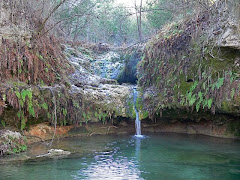
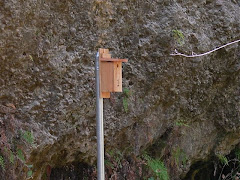
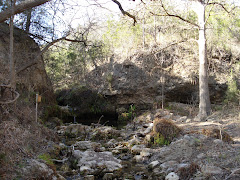
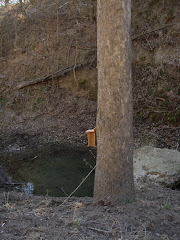
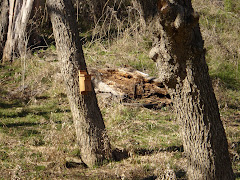




No comments:
Post a Comment